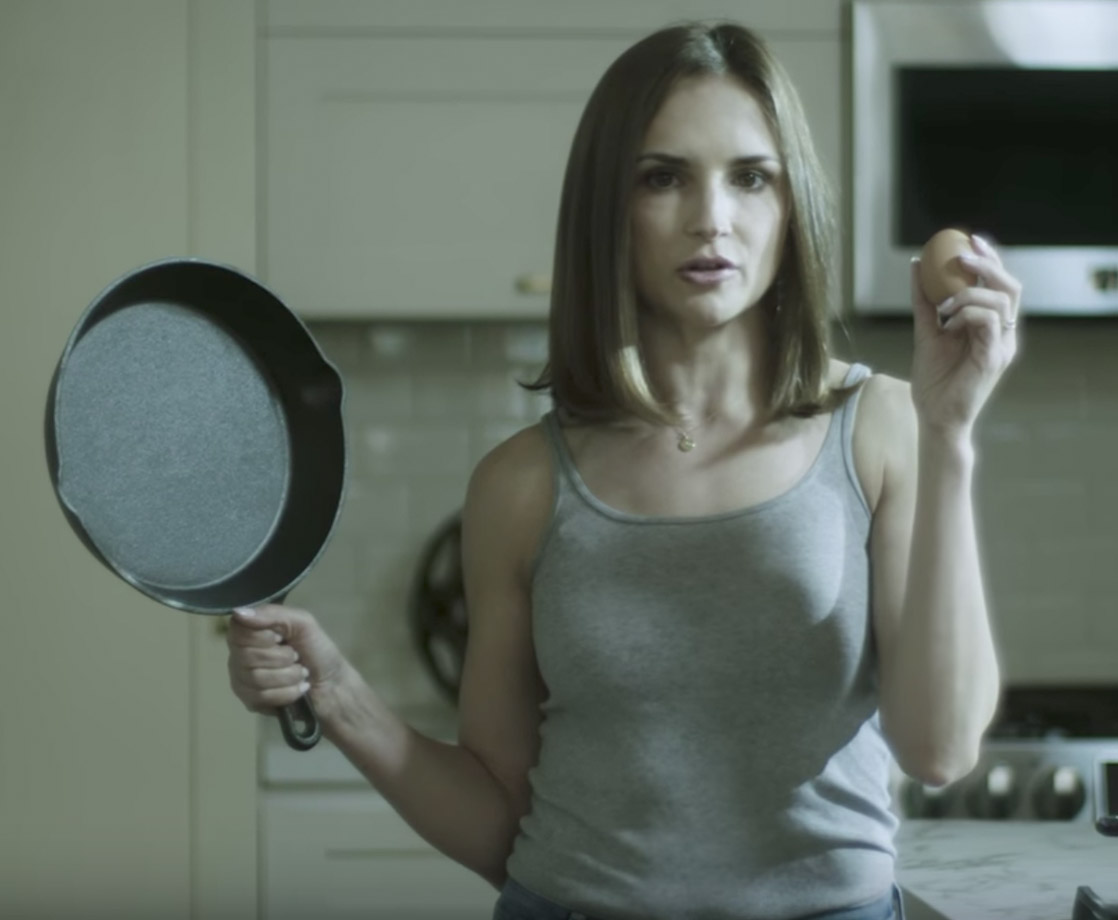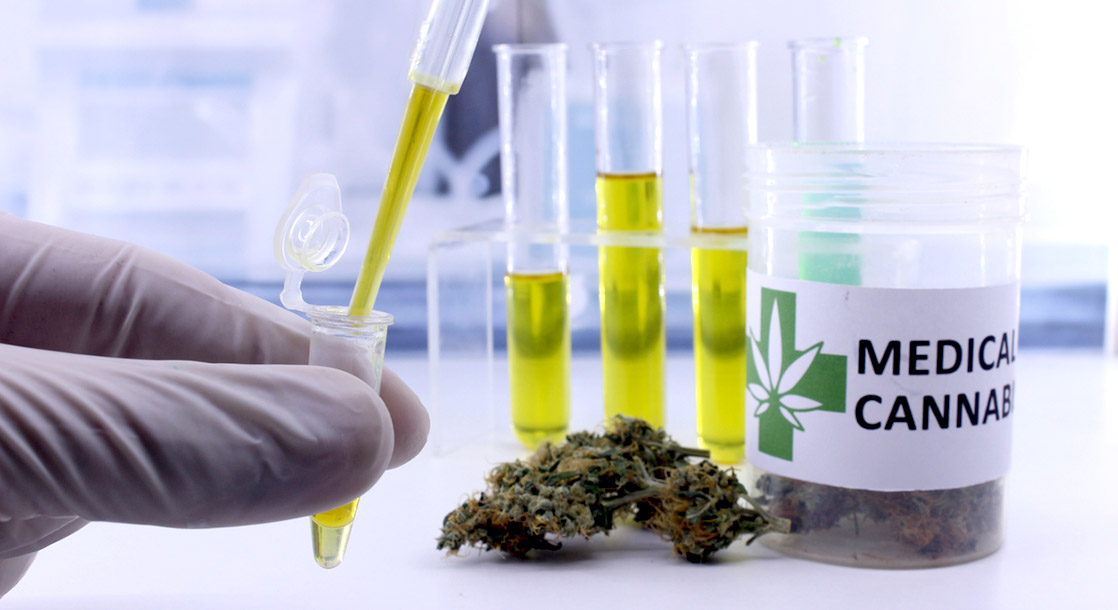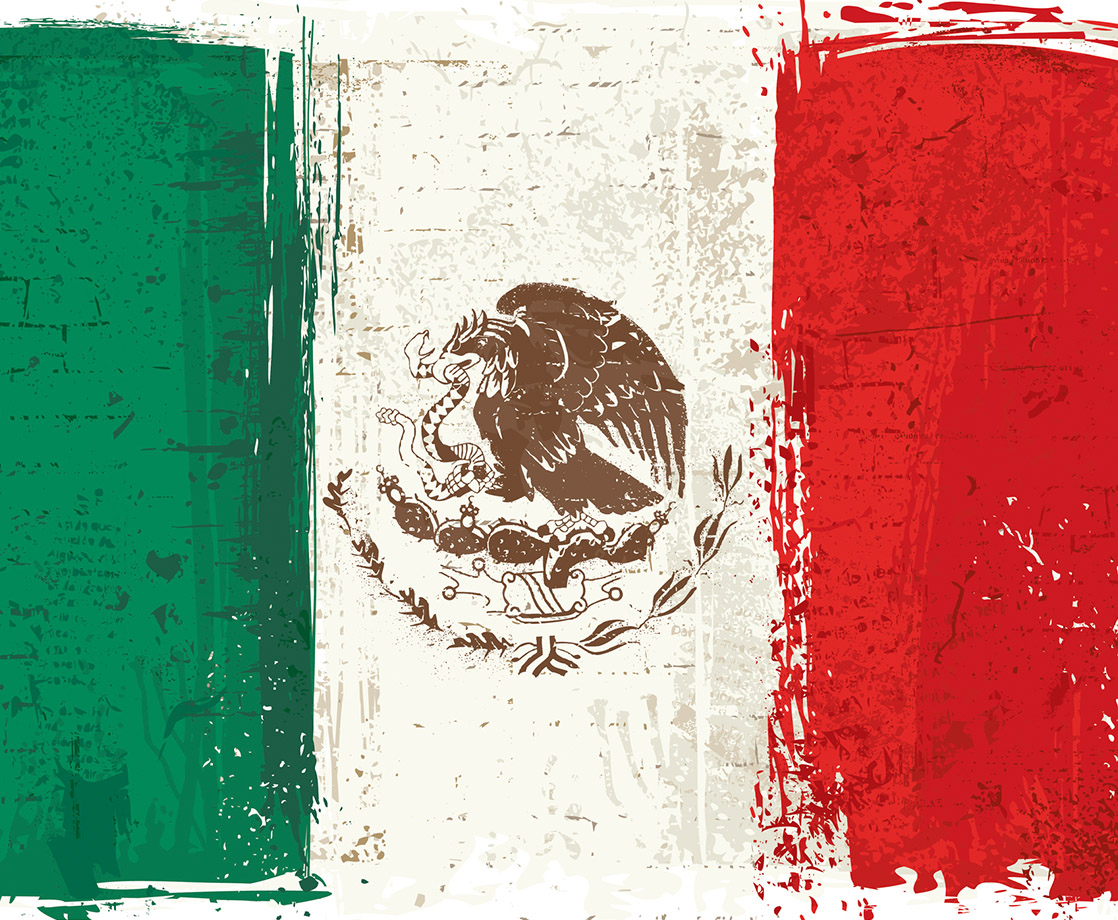In the big picture tableau of anti-drug taglines, some shine brighter than others. “Just Say NO” reigns supreme by inadvertently echoing Nike’s iconic campaign, and manages to be an undeniable feat in simple marketing once you shake that Nancy Reagan stank off it (which, to me, would smell like rose, sandalwood, and used pacifier plastic). But another of the most immediately recognizable PSAs across the micro-generational chasm of the late 1980s and the early 1990s was a campaign featuring a tagline designed less as a handy rebuff to drugs, and more of a shrewd demonstration of visceral imagery.
“This Is Your Brain On Drugs” is a popular bit of ephemera for most millennials with a passing interest in late-90s teen stars and demonstrations of over-the-top frenzy. But that titular tagline, made famous thanks to Rachael Leigh Cook and a literal egg, is part of a much larger tapestry — one that spans multiple PSA campaigns and a changing drug crisis about 30 years knee-deep into the War on Drugs.
The original ad, released in 1987, aired in two different cuts, including a 30 second commercial and truncated 15-second spot. In it, a man played by John Roselius stands against a kitchen counter, serving DILF vibes for your nerves. Roselius would later pop up as bit parts in a wide-range of films, from David Lynch’s Lost Highway to the low-key masterpiece that is Con Air. My research reveals that he even shows up at some point in Space Jam — which, if you’re the face of an anti-drug campaign, is a curious role to take considering that the idea of “Loony Toons playing basketball against monsters” surely did not generate in a sober living facility.
“Is there anyone out there who still isn’t clear about what doing drugs does?” Roselius asks as he walks up towards a hot skillet. “This is your brain,” he says, grabbing an egg from a carton and walking over to a sizzling frying pan: “and this is drugs.” He then cracks the egg and drops the yolk onto the pan (gracefully with one hand, I might add), and the camera lingers on the shot of an egg sizzling as he delivers the iconic one-two: “And this is your brain on drugs. Any questions?”
Nope, none. “This Is Your Brain On Drugs” was immediately heralded as a breakthrough in modern advertising, and became the calling card of a relatively infant collective known as the Partnership for Drug Free America (PDFA). Unlike prior and later anti-drug campaigns headed largely by government organizations, the PDFA was a private organization made up of advertising professionals with varied creative backgrounds. Founded in 1985, the group knew nothing about illegal drugs or about advertising to the youth demo, and yet just one year later, armed with a $300,000 grant from the Associated Advertising Agencies of America, their accumulated experience helped them shape what Time Magazine has since called one of the most influential and “iconic” ad campaigns in history.

The campaign was handled pro-bono, as most of PDFA’s work was. Their other projects included print campaigns and large-scale PSAs that featured top tier talent assembled through a large rolodex of industry connections. The agency successfully solicited over $1 million worth of free ad-space a day for over a decade all across the country, which a conservative estimate puts as amassing over $2 billion to date.
But “This Is Your Brain On Drugs” was unarguably their most effective work, as well as the most culturally recognizable. In 1997, a full decade after airing the original, 18-year-old actress Rachael Leigh Cook starred in a new version of the TV spot, updated to capture the mood and tenor of the era. The second PSA feels like some batshit early ancestor of the Hollywood reboot trend, featuring the same setting (a kitchen) and the same basic props (frying pan; uncooked egg), but shot in a distinctly blue-tinted filter, saturating the scene of color and giving it a distinctly grittier feel.
In the ’97 remake, Cook, still relatively unknown, tweaks the familiar framework — “this is your brain on heroin” — only this time, in an overly on-the-nose assessment of Gen X misanthropy, she favors smashing the egg with the base of the frying pan. She then follows it up with a smug, “but it isn’t over yet,” smashing the pan into dishes, wall clocks, shelving, and everything else in her periphery. As she does it, she name checks different things heroin destroys — “your family,” “your money,” “your self-respect,” “your future” — before ending with the same retort: “Any questions?”
The 1997 remake of the commercial came at a time in which the anti-drug propaganda machine had changed its target from marijuana and crack-cocaine to a growing opioid epidemic, attempting to dissuade teenagers from engaging with heroin. As with most anti-drug propaganda, the spots go for visceral intensity over specificity, omitting any nuance or detail in favor of a more aggressive approach to undoing the ‘cool-factor’ associated with drug use. Within the genre of the propaganda film, there are often omissions of context. “Your Brain On Drugs” is no different; other than the visual cue of “frying,” the metaphor of the egg never goes too deep. But the cultural context of drug use is always the biggest elephant in the room, namely the blind eye these films turn towards statistical inequalities related to race and socioeconomic status. That egg might be your brain on drugs, but the heat of that frying pan? The catalyst for the cracking of the shell? It differs greatly from person to person. This was the failure of the War on Drugs distilled into undeniable optics. The desire to visually articulate the danger and deterioration of addiction always side-stepped the leading causes of drug-dependency, which were just as much social as they were medical. It was routine misdirection; even if you agree to “just say no,” one must acknowledge why one might “say yes.”
In 2017, twenty years after the release of the updated ad spot, and three decades after the original, Cook appeared again in a new campaign, this time using the familiar tropes of the OG with radically new purpose. In "This Is Your Brain On Drug Policy," Cook begins by showing off the familiar egg: “This is one of the millions of people who use drugs and won’t get arrested,” she says as she puts the egg back before picking up a second, brown one. From there, Cook exposes the systematic biases that allows some eggs to thrive even when they make the mistake of not “saying no,” which other eggs — historically and statistically, brown ones — find those same choices leading them into the perils of a broken criminal justice system. The spot makes good use of an old metaphor: there are no bad eggs.
“This Is Your Brain On Drug Policy” was released this past 4/20 and crafted by Green Point Creative. All initial press surrounding the spot called the video “a spoof,” but that framework implies satire. The brilliance of “Drug Policy” is that it’s deadly serious in a way that anti-drug propaganda often is not. The spot uses animation to deliver a similar but altered message — the domino effect drug use can cause down the line. But it doesn’t imply that the ingestion of the drug is the totality of the problem; it instead acknowledges the one-dimensionality of these films, and that the system in place disproportionality favors rehabilitation for some and punitive measures for others, and the effects of that are comparable to the drug itself.
Seeing Cook turn the famous spot —maybe even the spot that made her famous — inside out is an extremely powerful example that articulates the potency of propaganda imagery. In the same way that political imagery ranging from the swastika to Obama’s HOPE poster can be deconstructed to find new meaning in an old image, propaganda is most useful in its ability to distill that meaning and then break itself apart when necessary. It is powerful precisely because of its deviant efficiency — that it can burrow into your psyche with precision, and do so much often with so little. Just ask the American Egg Board (a real association that I absolutely need to infiltrate); they had to publically voice concern that the original PSA might make impressionable youngsters think that the spot was trying to explain that eggs are harmful.
The image of Cook smashing an egg has become about as recognizable as the D.A.R.E. logo, a sign of both anti-drug hysteria and efficient moral telegraphing. For years, the closing line — “any questions?” — has been presented as largely rhetorical. The video, it seems to be saying, should speak for itself. But in the 2017 bizarro PSA, Cook has a larger point to make as she holds up the frying pan dripping in yolk. The War On Drugs “fuels mass incarceration, it targets people of color in greater numbers than their white counterparts. It cripples communities, it costs billions,” she says, “and it doesn't work.” For once, the taut script is made dense, and her repeating that famous closing line feels like the start of a conversation rather than the end of one.
Follow Rod Bastanmehr on Twitter











